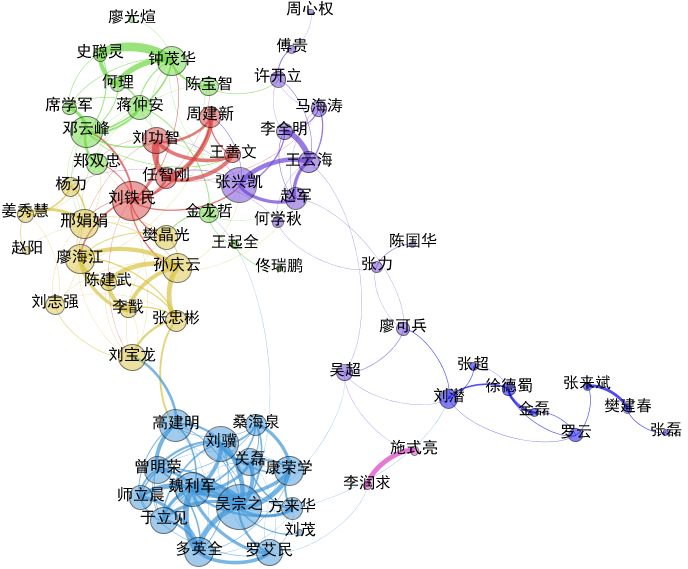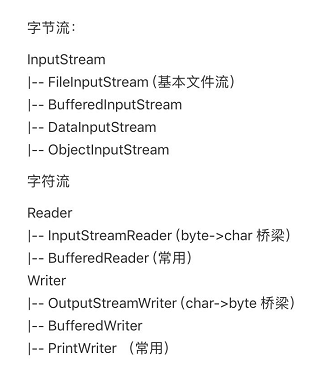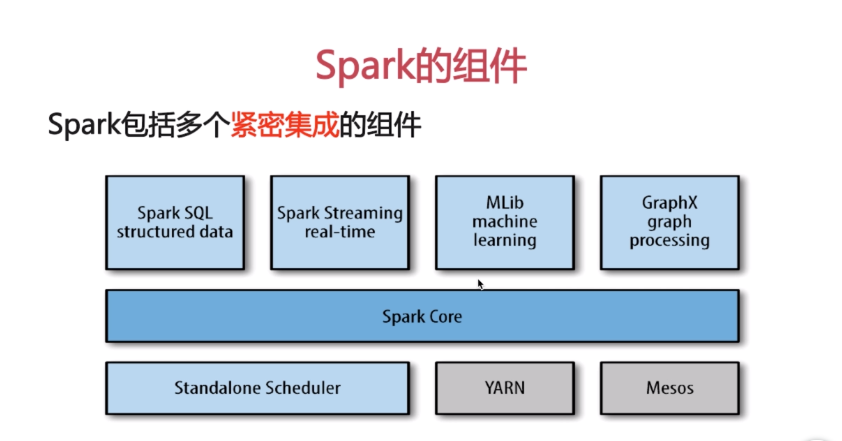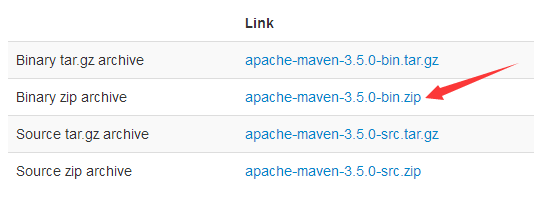子shell的$$
下面是一段代码,我偶然发现有点问题。
#!/bin/bashTestID(){echo "in function : $$"}TestID &echo "\$! : $! "echo "\$\$ : $$ "sleep 1
[firefox@fire ShellPractice]$ ./stopped.sh
$! : 15021
$$ : 15020
in function : 15020
疑问就是在这里,$!代表是最后一个后台程序的ID,是当前进程ID,而&出来的应该是一个子shell,但是它的ID(在子shell里这时候是打印出来的)和父shell是“一样”的。我去论坛上问了下,然后查了些资料。下面是一些简单的介绍:
shell什么情况下会产生子进程
1:&,提交后台作业
If a command is terminated by the control operator `&’, the shell executes the command asynchronously in a subshell.
2:管道
Each command in a pipeline is executed in its own subshell
3:括号命令列表
()操作符
Placing a list of commands between parentheses causes a subshell environment to be created
4:执行外部脚本、程序:
When Bash finds such a file while searching the `$PATH’ for a command, it spawns a subshell to execute it. In other words, executing filename ARGUMENTS is equivalent to executing bash filename ARGUMENTS
再看看 man bash 里面对于$的解释
“$” Expands to the process ID of the shell. In a () subshell, it expands to the process ID of the current shell, not the sub‐shell.
那么这里的current shell怎么解释呢?字面意思是“当前的shell”。这里有有一篇博客讲子shell,我觉得讲的很好 http://blog.csdn.net/sosodream/article/details/5683515 。用 ./xxx.sh 执行脚本的时候也会生成子shell,原来的shell会有一个 ID,这里假设叫ID1,然后进入脚本,这时脚本里的就是current shell的ID(由ID1生出的子shell的ID)之后再生出其余的子shell的都是current shell的ID,也就是由ID1生出来的ID,注意:子shell的ID可不是$$。子shell有它自己的ID。至于怎么获取,一般都用$!来获取。
再来看看下面的脚本
#!/bin/bashecho "\$\$ outside of subshell = $$"echo "\$BASH_SUBSHELL outside of subshell = $BASH_SUBSHELL"echo "\$BASHPID outside of subshell = $BASHPID"echo "-------------------"(echo "\$\$ inside of subshell = $$"echo "\$BASH_SUBSHELL inside of subshell = $BASH_SUBSHELL"echo "\$BASHPID inside of subshell = $BASHPID")echo "-------------------"
$BASHPID就是指当前shell。
现在再来看看 man bash 中“$”的解释
[root@fire ShellPractice]# echo $$
2618
如果你在子shell里面执行这条命令,其实是先替换为2618,然后再进行echo,一直都指的的是current shell。



































还没有评论,来说两句吧...